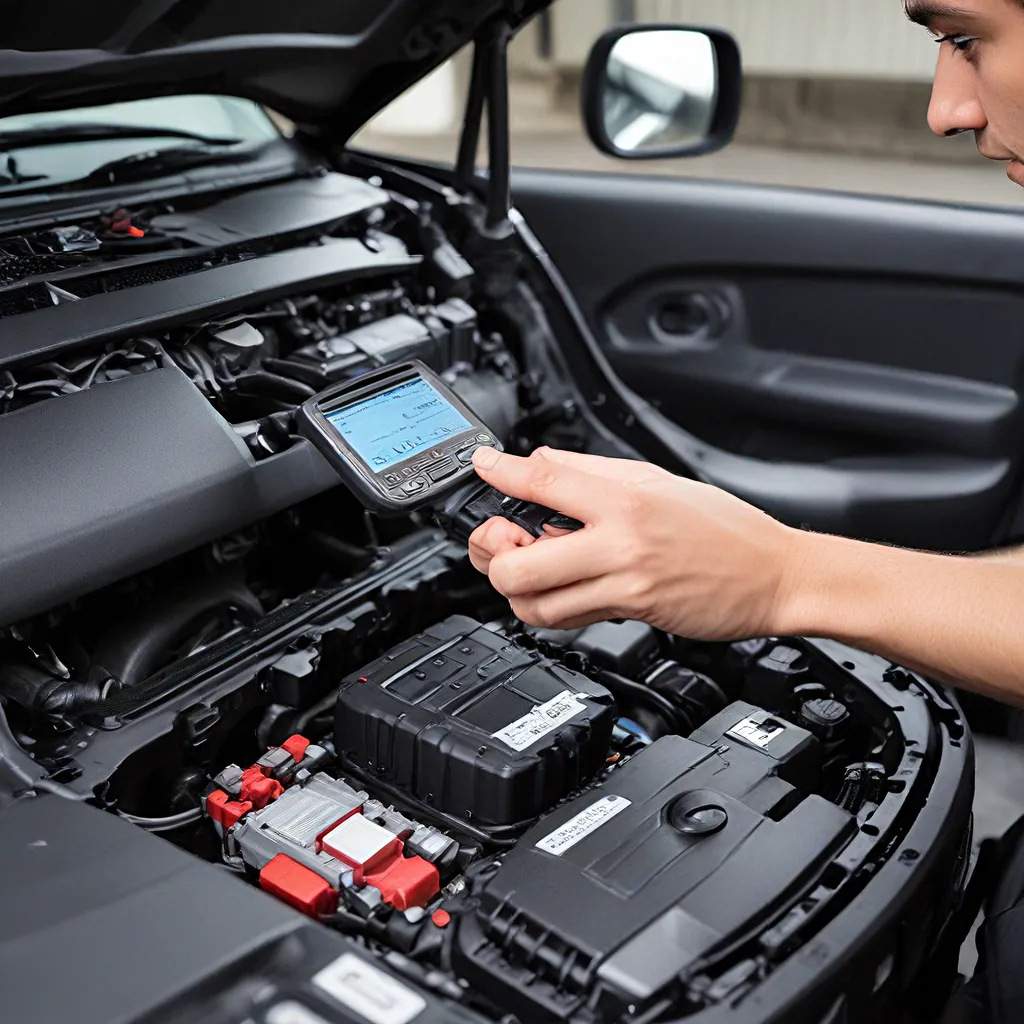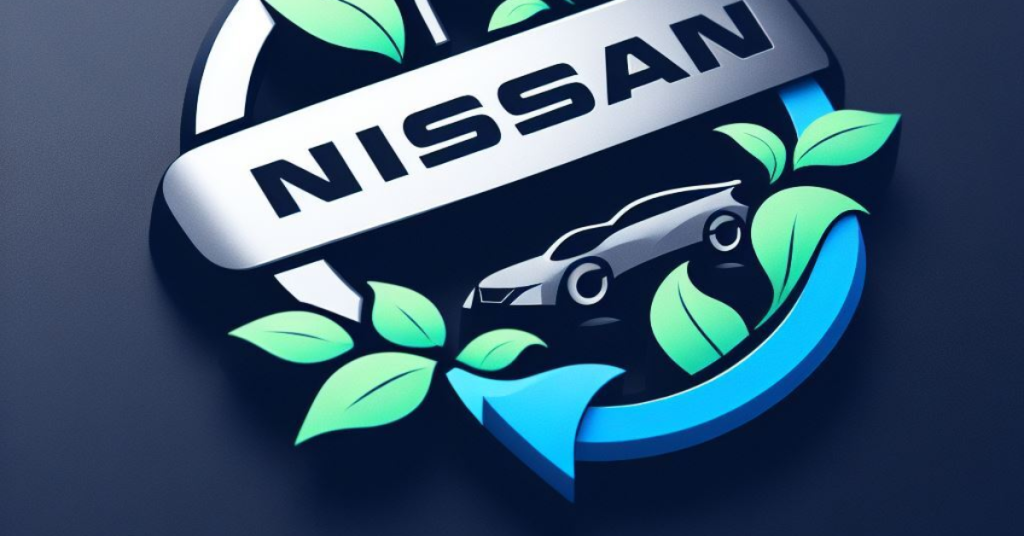
Are you tired of feeling like your car is a ticking time bomb, just waiting to break down and leave you stranded on the side of the road? Well, my friend, hold onto your lug nuts, because today, we’re going to dive headfirst into the world of Nissan diagnostics and uncover the secrets that could transform your driving experience.
Cracking the Code: Understanding OBD2
OBD2 codes are the key to unlocking the mysteries of your Nissan’s inner workings. These codes are the language that your car’s computer uses to communicate with you, like a secret handshake that only mechanics and car enthusiasts can decipher. By mastering the art of OBD2, you’ll be able to stay one step ahead of any potential issues, ensuring your Nissan runs like a well-oiled machine.
Let’s start with the basics: each OBD2 code is a five-digit number that represents a specific problem or fault in your vehicle. The first digit indicates the system, while the subsequent digits provide more detailed information about the issue. For example, a code like P0171 might tell you that there’s an imbalance between the air and fuel entering your engine, while a code like P0300 could indicate a random misfire in one or more cylinders.
Decoding the Diagnostic Delights
Now, I know what you’re thinking: “But what if I’m not a mechanic? How am I supposed to make sense of all these codes?” Fear not, my dear Nissan enthusiast, because the world of diagnostics has become far more user-friendly in recent years.
Enter the world of OBD2 scanners and diagnostic apps. These nifty little devices and apps allow you to plug into your Nissan’s computer and read the codes yourself, without having to take it to a mechanic. With the right tool, you can quickly identify the problem, research potential solutions, and even clear the codes to get your car back on the road in no time.
One of my personal favorites is the Carly App. This little gem connects to your Nissan via Bluetooth and gives you access to a wealth of diagnostic data, including live readings of your vehicle’s performance and even the ability to clear those pesky check engine lights. It’s like having a team of mechanics in your pocket, ready to help you tackle any issue that comes your way.
Navigating the Nitty-Gritty of Network Communication
But what if the problem is a little more complex than a simple OBD2 code? Fear not, my friends, because we’re about to dive into the realm of advanced diagnostics.
Sometimes, your Nissan’s issues may be related to the communication between its various control modules, like the engine, transmission, and brakes. These network communication problems can be a real headache to diagnose, but with the right approach, you can get to the root of the issue.
First and foremost, it’s important to understand the structure of your Nissan’s communication network. This includes identifying the various control modules and the data buses that connect them. By using your OBD2 scanner or diagnostic app, you can check for any error codes related to network communication and then follow a step-by-step process to isolate the problem.
This might involve testing individual components, checking for proper wiring and connections, or even updating your Nissan’s software. It’s a bit more technical, but with the right knowledge and tools, you can become a master of network communication diagnostics.
Sensor Savvy: Tackling Tricky Malfunctions
Another common source of complex OBD2 codes is sensor malfunctions. Your Nissan is equipped with a whole host of sensors, from the oxygen sensors in the exhaust to the MAP sensor that monitors your engine’s air intake. When these sensors start to fail, it can trigger a whole host of error codes that can be a real headache to diagnose.
But fear not, my fellow Nissan enthusiasts, because we’ve got your back. By understanding the role of each sensor and the symptoms associated with their failures, you can quickly pinpoint the problem and get your car back to peak performance.
For example, let’s say your Nissan is throwing a code for a malfunctioning oxygen sensor. This could be caused by a variety of issues, from a failed sensor to a problem with the wiring or even a issue with the catalytic converter. By digging into the details of the code and doing a little research, you can narrow down the problem and take the necessary steps to get your car running like new.
Preventive Maintenance: The Key to Staying Ahead of the Curve
Now, I know what you’re thinking: “This all sounds great, but what about just keeping my Nissan in tip-top shape from the start?” Well, my friends, that’s where the power of preventive maintenance comes into play.
By regularly monitoring your Nissan’s OBD2 codes and staying on top of routine maintenance tasks, you can nip potential problems in the bud before they have a chance to turn into major headaches. This could be something as simple as keeping an eye on your tire pressure or as complex as ensuring your thermostat is functioning properly.
And let me tell you, the Nissan website is a veritable goldmine of information when it comes to keeping your car in peak condition. From recommended service intervals to detailed maintenance schedules, they’ve got everything you need to keep your Nissan running like a dream.
So, what are you waiting for? Grab your OBD2 scanner, download the Carly App, and let’s start unlocking the secrets of your Nissan’s diagnostics. With a little know-how and a whole lot of elbow grease, you’ll be zipping down the road in no time, leaving those pesky check engine lights in the dust.






